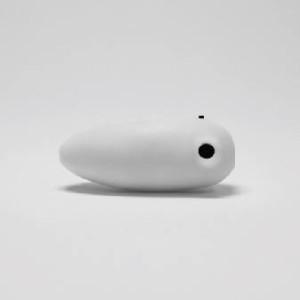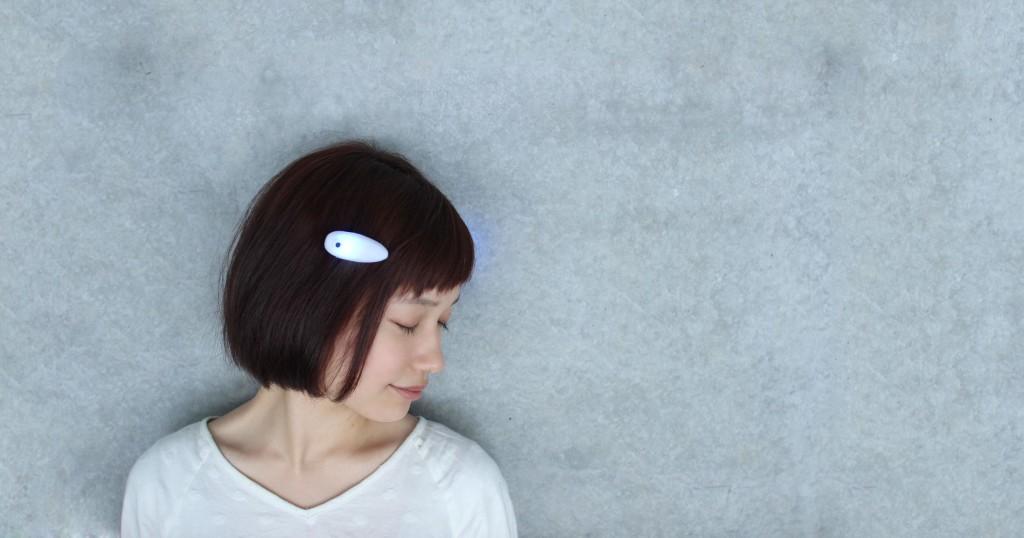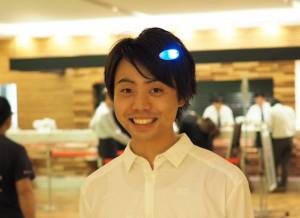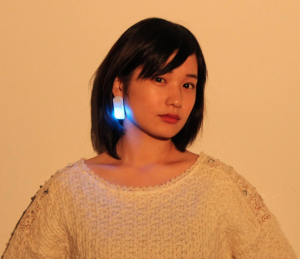 While recent advances in high-tech hearing aids and cochlear implants are helping a wide range of people who have lost their hearing regain it, not every loss of hearing is correctable. New hearing aids require some measure of hearing left for the device to function, and those seeking cochlear implants need to meet a host of requirements to even be considered, including at least one functional auditory nerve. There is also a significant portion of the deaf community that doesn’t feel that being deaf is something that needs to be medically corrected with risky surgeries, but rather that it is something that simply needs to be adapted to. For a large percentage of the deaf community, these groundbreaking options are simply not an option.
While recent advances in high-tech hearing aids and cochlear implants are helping a wide range of people who have lost their hearing regain it, not every loss of hearing is correctable. New hearing aids require some measure of hearing left for the device to function, and those seeking cochlear implants need to meet a host of requirements to even be considered, including at least one functional auditory nerve. There is also a significant portion of the deaf community that doesn’t feel that being deaf is something that needs to be medically corrected with risky surgeries, but rather that it is something that simply needs to be adapted to. For a large percentage of the deaf community, these groundbreaking options are simply not an option.
So in a society where sound plays such an important role in the way that humans communicate and navigate through the world, how do you help the deaf community adapt? Well, a small 3D printed device called Ontenna is quickly proving itself to be a great alternative to uncomfortable hearing aids and invasive surgical procedures. Rather than experiencing sound through the ears, Ontenna is clipped on the wearer’s hair where it acts similarly to a cat’s whiskers, so the wearer can actually feel and see sound.
The device itself looks like a simple hairclip that lights up, but it actually is a powerful sensor that translates a wide variety of sounds into vibrations and pulsing lights. Different types of sounds are translated into different types of vibrations, so Ontenna actually allows the wearer to experience sound, albeit in a completely different way than the hearing do. The clip picks up sounds between 30 decibels up to 90 decibels and translates them into 256 different variations of vibrations and light patterns where the rhythm, pattern and the loudness can all be conveyed to the wearer.
The creator of Ontenna, Tatsuya Honda, who is not himself deaf, worked closely with Hakomimi.net (Hakodate Sound Visualization Research Society), a group that researches ways to visualize sound in an effort to help the deaf community, as a researcher and sign language interpreter. During his fourth year of university in 2012 he developed the first prototype for Ontenna, which earned him enough government funding to further develop the device. Since then Honda has created more than two hundred working prototypes. Prototypes that would not have been possible to create without 3D printing technology, which allowed him to quickly and easily print the clip shell that contains all of the electronics and lights.
Thanks to his close ties with the deaf community, the Ontenna prototypes are being worn and tested by deaf people who use it daily to help Honda collect information that he can apply to improving the quality of the device. This invaluable feedback has allowed Ontenna to evolve from a simple rectangular box into a sleek and rounded clip that is much more comfortable to wear. Honda was also able to test where on various parts of the body it would be the most comfortable place to wear. Some users didn’t like the idea of the device touching their skin directly, as it could irritate it, and the transmission of sounds would be far too faint for it to be worn on clothing.
“Fingertips, arms… we tried a lot of different body parts. Deaf people use their arms and hands to communicate in sign language, so wearing the device in one of those places proved to be cumbersome. Through lots of trial and error, we finally came to the conclusion that wearing the device in your hair, which could easily sense vibration and wouldn’t directly touch the skin, was the best option,” Honda told Venturebeat.
The current focus of Honda’s prototyping research is optimizing the strength of the vibrations that Ontenna generates. If the vibrations are too strong then it could become uncomfortable and distracting to the person wearing the clip. Alternately if they were too soft, then it would be hard to notice or would only provide a partial representation of the translated sounds. The current device for instance translates all of the surrounding sounds, which can be a bit overwhelming when the wearer is in a crowded public place. So Honda is trying to find the ideal range and sound translation for a wider variety of environments. But so far the reaction to Ontenna from the deaf testers has been overwhelmingly positive.
“One girl who had tried Ontenna said something that really left a big impression on me. ‘At school I was taught that cicadas make a long buzzing sound, but I never knew what kind of rhythm or pattern that sound had until now. Once I put on Ontenna I felt like I could hear the sound of cicadas for the first time.’ I was really happy to hear that,” said Honda.
Here is some video of the Ontenna in use:
Honda is continuing to develop Ontenna and is currently being inundated with requests from the deaf community for devices of their own. However he says that he is still in the middle of the research stage of the devices development and large-scale production is still a ways off. You can find out more about Ontenna here. Let’s hear your thoughts on this awesome little gadget in the 3D Printed Hair Clip forum thread on 3DPB.com
Subscribe to Our Email Newsletter
Stay up-to-date on all the latest news from the 3D printing industry and receive information and offers from third party vendors.
You May Also Like
Precision at the Microscale: UK Researchers Advance Medical Devices with BMF’s 3D Printing Tech
University of Nottingham researchers are using Boston Micro Fabrication‘s (BMF) 3D printing technology to develop medical devices that improve compatibility with human tissue. Funded by a UK grant, this project...
3D Printing Webinar and Event Roundup: April 21, 2024
It’s another busy week of webinars and events, starting with Hannover Messe in Germany and continuing with Metalcasting Congress, Chinaplas, TechBlick’s Innovation Festival, and more. Stratasys continues its advanced training...
3D Printing Webinar and Event Roundup: March 17, 2024
It’s another busy week of webinars and events, including SALMED 2024 and AM Forum in Berlin. Stratasys continues its in-person training and is offering two webinars, ASTM is holding a...
3D Printed Micro Antenna is 15% Smaller and 6X Lighter
Horizon Microtechnologies has achieved success in creating a high-frequency D-Band horn antenna through micro 3D printing. However, this achievement did not rely solely on 3D printing; it involved a combination...































